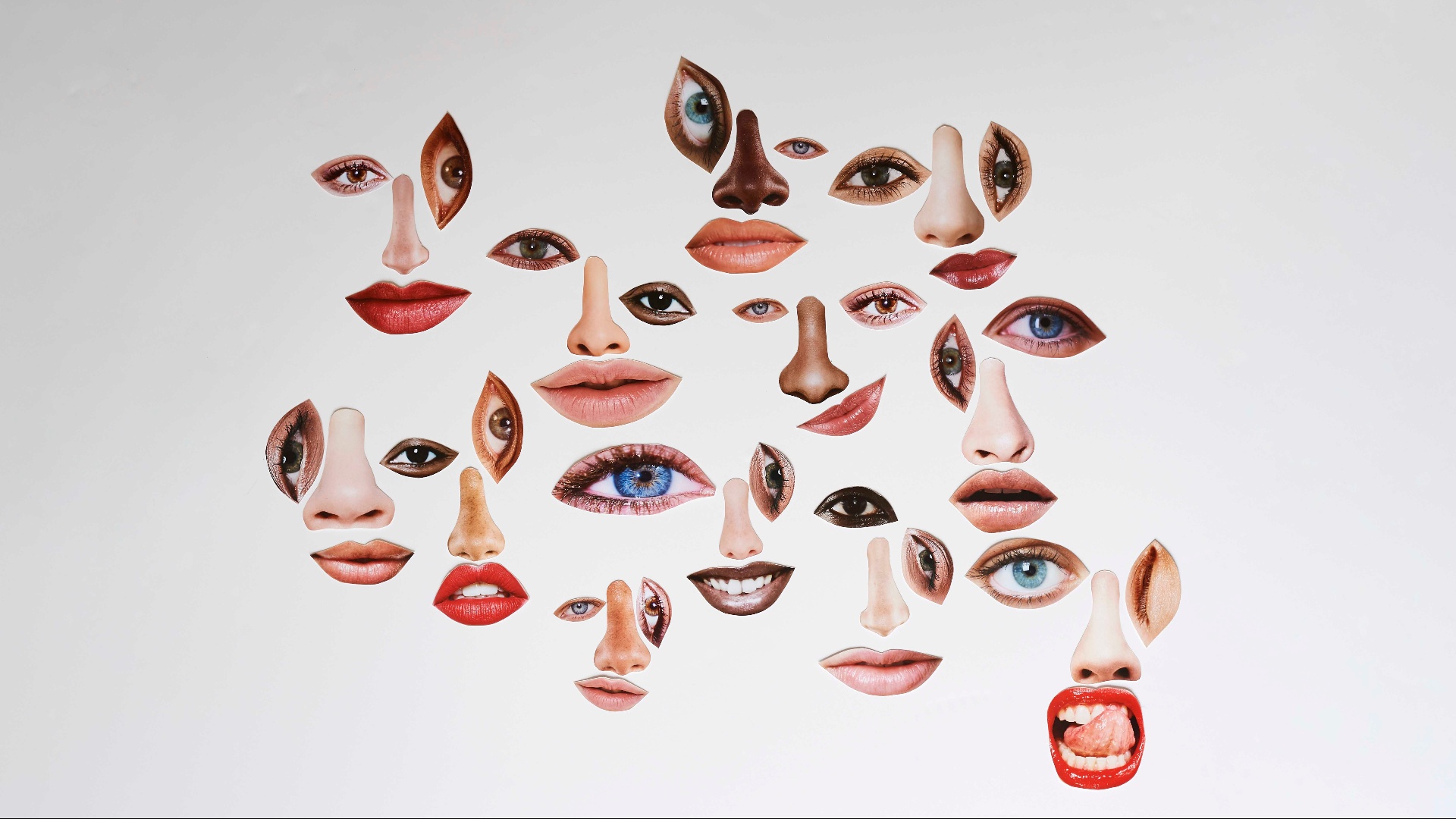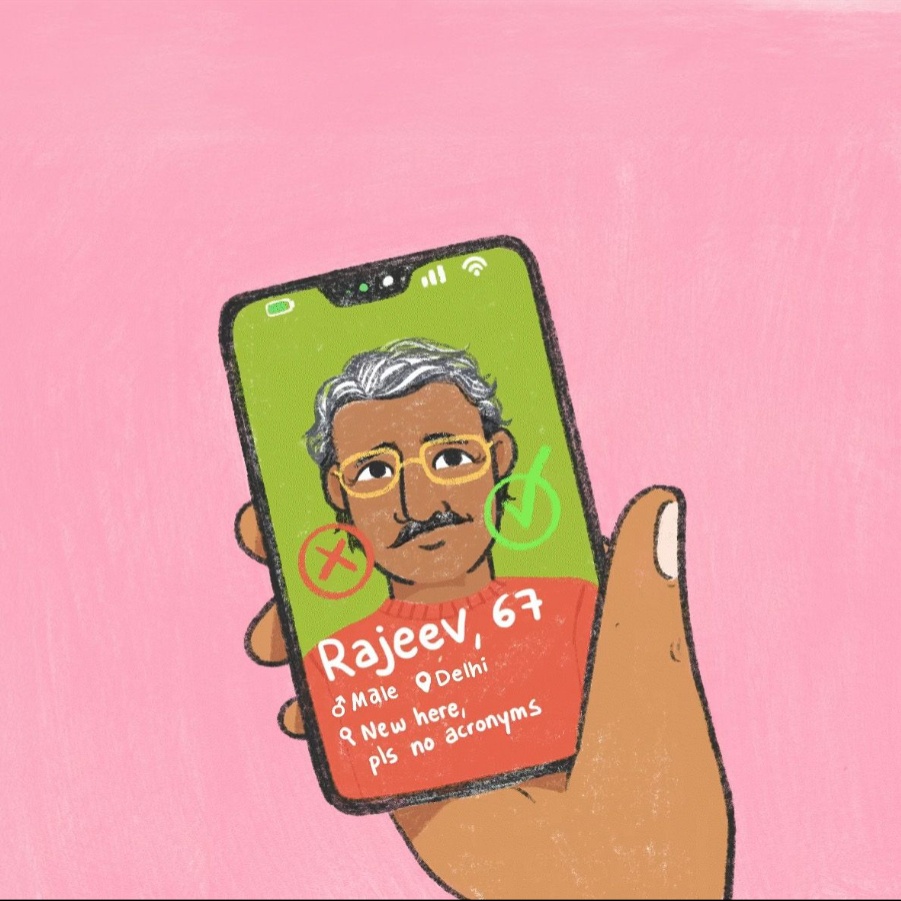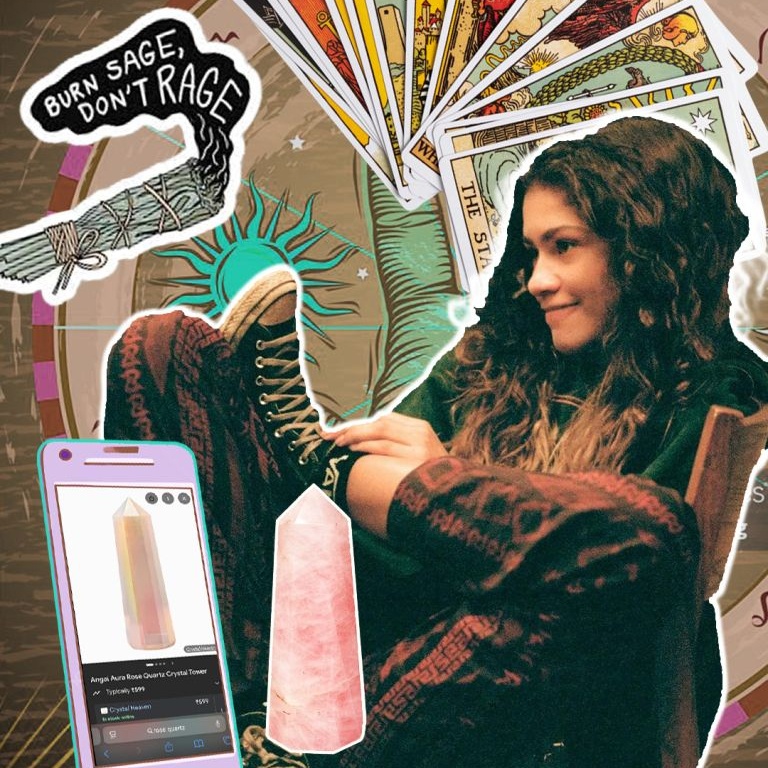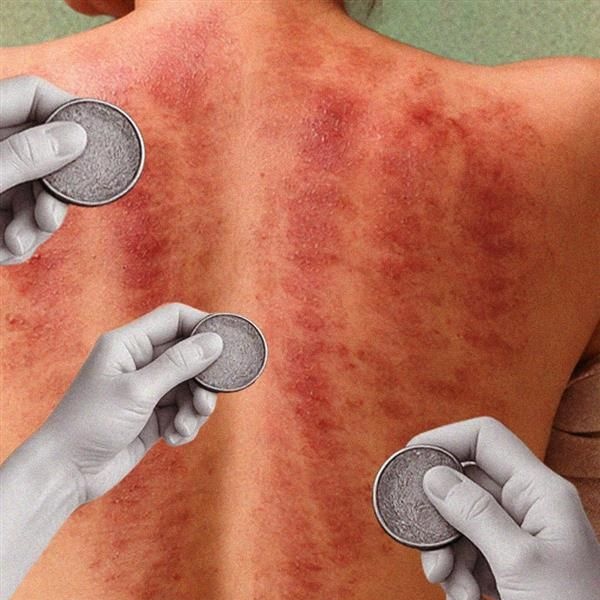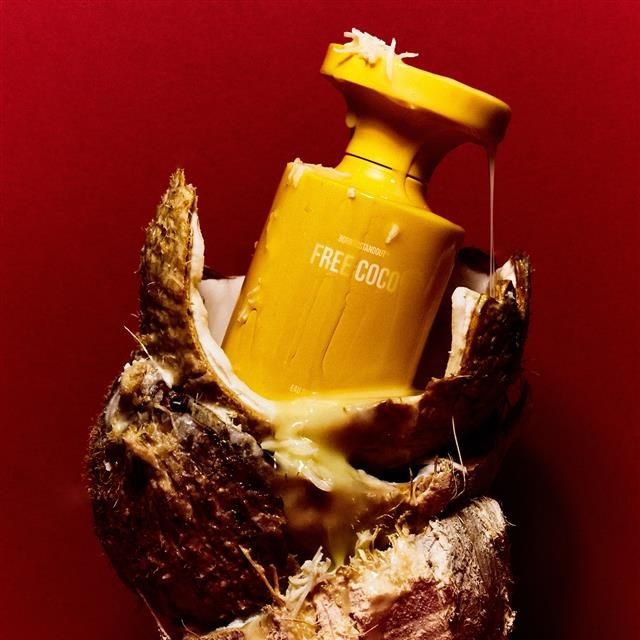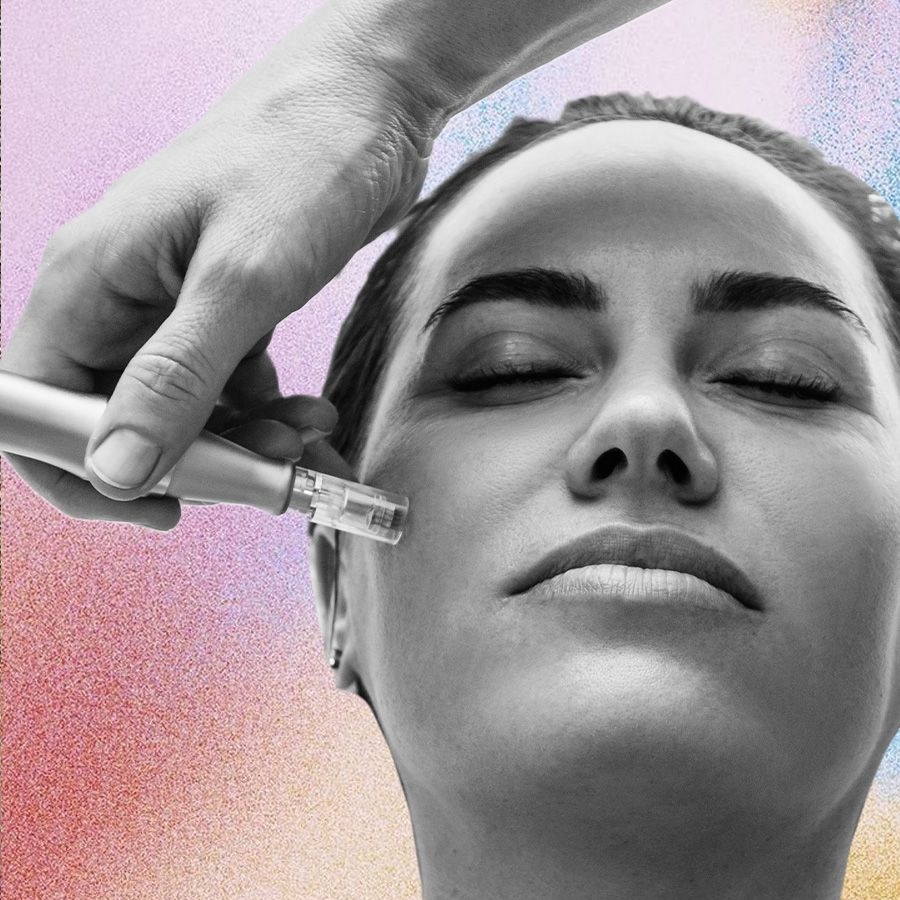You’ve been scrolling on Instagram for an hour or more straight (as you do), watching reels of cakes being frosted, meet-cutes in a city halfway across the world, and French bulldogs riding skateboards—and there it is, a video that is zoomed into the face of a celebrity. In it, a plastic surgeon checks off an itemised list of cosmetic surgeries the star has possibly undergone. A bit of Botox to relax forehead lines. Blepharoplasty to open up the eyes. Volume-adding lip filler. Buccal fat removal to accentuate cheekbones and jawlines.
Social media today is chock-full of commentary about famous faces and the work they have or haven’t got done. There are accounts, run by everyone from plastic surgeons to content creators, solely devoted to picking apart faces in 30-second Reels and TikTok videos. Despite the speculative nature of such content, there’s something about these videos that has me transfixed; I may not go looking for it, but if one pops up, I just can’t look away. The sheer number of views they rack up assures me that I’m not alone. But what causes this weird fascination? Why are we so keen to know if famous people have had work done?
Kanan Kanakia, senior psychotherapist at Mindtemple in Mumbai, explains the reason why these videos are so popular, “Viewers escape into an imaginative world where reinvention seems magical, mirroring hopes to actualise their own potential.” There is a sense of satisfaction in knowing you could also alter your appearance to look ‘better’ if you wished to. I’d be lying if I said I hadn’t entertained the idea of getting some kind of tweakment myself.
Given how much of our lives we spend on social media and how much more accessible celebrities seem to us because of it, many people also feel a parasocial connection to the stars, who, they believe, owe the public personal details of their lives. So when a celebrity doesn’t publicly talk about the work they’ve had done, their fans are left to guesswork. Seeing two images side-by-side or watching a video of a face morphing into a different version of itself can even make the subtlest shift appear stark. “The dramatic visual contrast suits our innate curiosity and pattern-seeking cognition. We feel productive making comparisons,” Kanakia explains. It’s no wonder the celeb version of Spot The Difference is so addictive: who doesn’t enjoy cracking a puzzle?
For Mitesh Rajani, a make-up artist who works extensively with Bollywood A-listers, our interest in this speaks to a bigger issue. “We don’t have [other] people to look up to. Celebrities take up so much space in our culture that it somewhat dictates our world,” he says, adding that he is sceptical about this type of content as most of it is unverified. Unless the star in question has spoken about it, we don’t really know how much of it is real.
But he also knows the internet is for everyone. “No matter what you post, there’s always an audience. Whether it’s about someone who’s had Botox or fillers done, or someone trash-talking a celebrity for not getting it done. There will also be an audience if someone just spoke about how ‘ugly’ or ‘old’ a celebrity is looking,” he adds.
“WELCOME TO REALITY. If you don’t want to see the truth, leave this page” reads the bio of the infamous and anonymous Instagram account @celebface, which has more than a million followers. The page is notorious for unravelling the use of cosmetic enhancements and FaceTune by celebrities. Many such accounts claim their aim is to ‘expose the truth’ about unattainable beauty standards and poke a hole in their illusion of ‘perfection’, that what we see isn’t merely a product of a good night’s sleep or skincare routines. And sure, some reassurance can come with knowing that celebs weren’t born with ‘perfect’ features, that they got there with a little help from their surgeons. When I texted my group chat, for example, to ask how they felt after watching these videos, most agreed they felt better about themselves.
While transparency may seem like a good reason to create this content, it may not have the intended effect. “Constant scrutiny of before-and-after images rarely motivates self-improvement so much as self-criticism,” says Kanakia. Watching these videos may lead us to scrutinise our own features the next time we look in the mirror, viewing them as flaws that need to be corrected rather than parts of our unique identities.
Such content also tends to promote a commodified notion of beauty, suggesting ‘beauty’ is only one kind of look and it can be achieved through tweakments and surgeries. I’ve seen numerous comments and reels captioned “You’re not ugly, you’re just broke!” Which is really like saying you can also be ‘beautiful’ if you can afford to spend money at a cosmetic surgery clinic. So now you feel inadequate both physically and financially.
Are these videos actually inspiring a whole new generation to go under the knife? The impact can vary depending on the age group as “the ability to critically analyse these images correlates with emotional maturity,” says Kanakia. Adults, who are typically more secure and have more established notions of self, can be more discerning. Personally, I put these videos in the fun-to-watch category, like those stop-motion skits crafted with felt or college kids cooking four-course meals in their dorm room.
But there are young, impressionable tweens and teens consuming the same content. According to statistics by the American Academy of Facial Plastic and Reconstructive Surgery, Gen Z (aged 11-26) is coming into its own purchasing power and is prioritising aesthetics. The survey suggests that there will be a greater emphasis on earlier maintenance and prevention, starting in the 20s and 30s. “This generation is growing up with a greater awareness of what is possible when it comes to aesthetic treatments, thanks to the normalisation online,” noted Dr Sherard A Tatum, a New York-based facial plastic and reconstructive surgeon and president of AAFPRS, in a press release. “I’ve heard 25-year-olds saying they get hyaluronic injections because it apparently delays ageing in the 30s and 40s,” Rajani says incredulously. “We’ve become delusional about beauty. Why have we normalised people not looking their age and what is this obsession with beauty in this manner? Clearly the industry is also benefiting from it—every other clean-up or facial place is now offering injectables like fillers and Botox.”
And it isn’t just the younger demographic at risk. Even adults navigating new life roles may experience self-doubt, which could make them compare themselves to these ‘perfect’ bodies and faces they see online. The same report notes that 83 per cent of the total number of procedures performed in the US in 2023 were minimally invasive procedures like neurotoxins, fillers, and topical treatments (microneedling and chemical peels).
Should we continue to tap and watch these videos? Harmless escapism in engaging with celebrity culture, including the fascination with their physical transformations, is only okay if we “remain actively aware that these depict drastic changes enabled by immense privilege, not effort alone. Surgical and cosmetic enhancement access differs drastically from everyday reality for most,” according to Kanakia. And while we can appreciate beauty, we need to remember that our perceptions of it are shaped by extremely outdated social constructs. If watching these videos makes you feel like you need to change something about yourself, it’s important to remember that your body serves a purpose that goes well beyond aesthetics.
